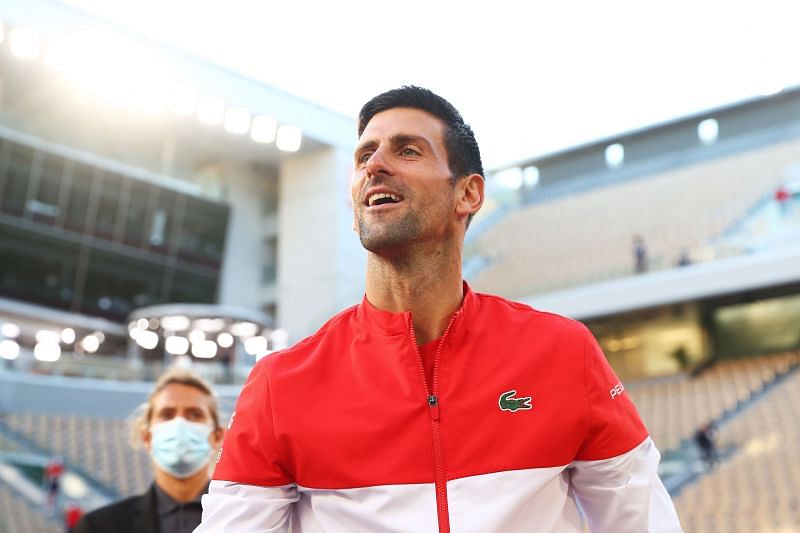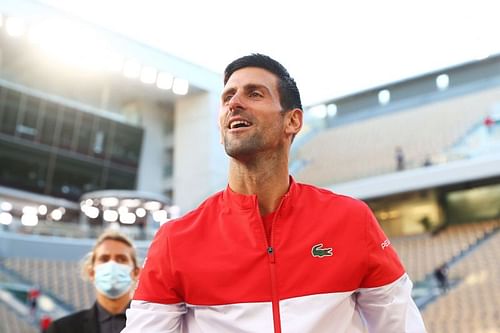
Executive Director of Novak Djokovic-led PTPA lists 15 questions that ATP needs to answer over its 30-year Strategic Plan

Tennis players have been fighting for a better seat at the negotiation table for a long time now. And that fight has been led by none other than Novak Djokovic, who is currently at loggerheads with the ATP over their new Strategic Plan.
The PTPA, a player organization created by Djokovic and Vasek Pospisil, made headlines earlier this week by appointing an Executive Director and Advisory Board. That prompted the ATP to issue a statement of their own, where they mentioned the existance of a 30-year Strategic Plan - which will purportedly introduce reforms like equal profit sharing, increased prize money pool and tournament audits.
But the new statement didn't sit well with many players, and on Thursday Novak Djokovic revealed that the ATP had moved for voting on the plan without properly informing the players of its implications.
Now, PTPA Executive Director Adam Larry has laid out some interesting questions regarding the ATP's plan of action. As seen in the tweet below, which was posted by Katarina Pijetlovic (who serves on the PTPA's Advisory Board), there are several issues that the ATP hasn't yet clarified with regard to the Strategic Plan.
Pijetlovic listed 15 questions raised by Larry, starting with the obvious: "Why is the Plan 30 years?"
A lot of people have pointed out that the period of 30 years is extremely long, and that it might minimize the room for change and reform. It is therefore not surprising that Larry sought an explanation for the duration right at the outset.
The Executive Director further brought to light how it is still unclear what benefits the players will be getting from the plan. He also questioned whether the players' pension expenses would be covered in the near future (the ATP doesn't have a solid player pension fund at the moment).
PTPA Executive Director asks why the ATP wants to share only their profits and not their revenue
The Executive Director also questioned the ATP on whether their 30-year plan would coalesce their business operations with those of the Grand Slams, the WTA tour and the ITF circuit. That was followed by a series of hard-hitting questions, including why the profits would be shared collectively among all tournaments rather than individually.
The American even went as far as to suggest that the ATP is favoring the tournament organizers over players. The players will seemingly get a less equitable distribution of the profit if it is shared in aggregate form.
Amid the COVID-19 pandemic, all professional tournaments have been forced to make discretionary cuts in the amount of prize money they offer players. However, it is pertinent to note that the tournaments haven't decreased their prize money pool at the same rate across the board.
Larry also questioned the ATP on why profits were being shared instead of tournament revenue. Both the ATP and the Grand Slams pay just a small portion of their income to the players, and will likely not be implementing equal revenue sharing any time soon.